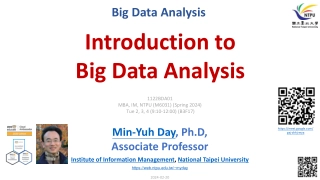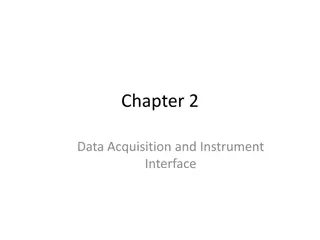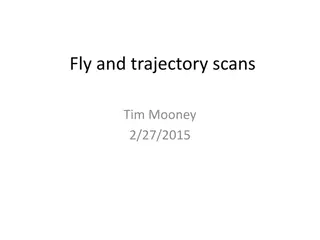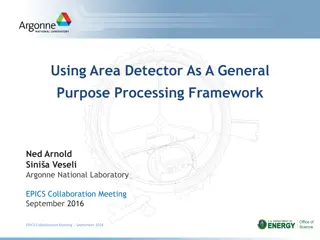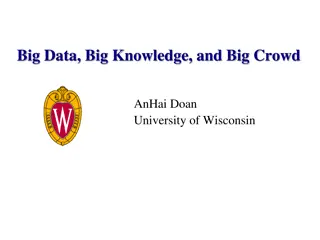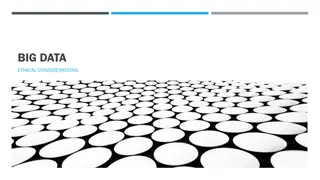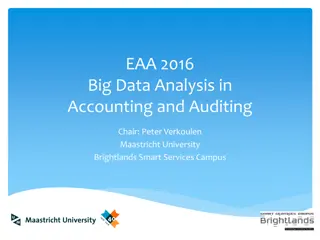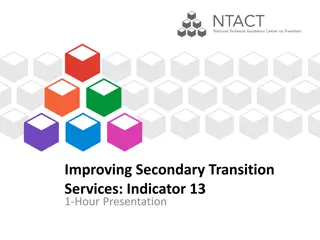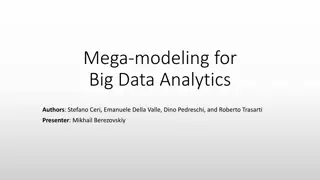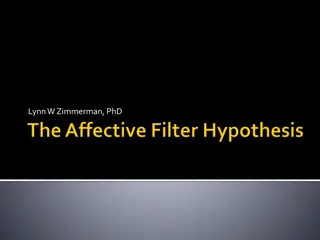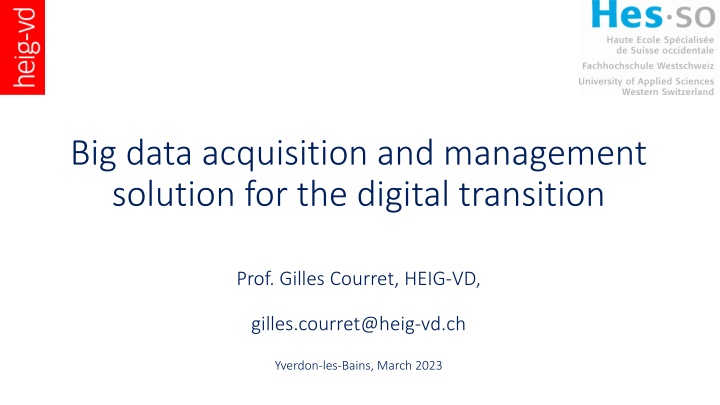
Big Data Acquisition and Management Solution for Digital Transition with Prof. Gilles Courret
Explore a comprehensive solution for big data acquisition and management in the digital transition era presented by Prof. Gilles Courret from HEIG-VD. Learn about acquisition systems, stochastic signals, signal analysis, and more in this cutting-edge field of study.
Download Presentation

Please find below an Image/Link to download the presentation.
The content on the website is provided AS IS for your information and personal use only. It may not be sold, licensed, or shared on other websites without obtaining consent from the author. If you encounter any issues during the download, it is possible that the publisher has removed the file from their server.
You are allowed to download the files provided on this website for personal or commercial use, subject to the condition that they are used lawfully. All files are the property of their respective owners.
The content on the website is provided AS IS for your information and personal use only. It may not be sold, licensed, or shared on other websites without obtaining consent from the author.
E N D
Presentation Transcript
Big data acquisition and management solution for the digital transition Prof. Gilles Courret, HEIG-VD, gilles.courret@heig-vd.ch Yverdon-les-Bains, March 2023
Acquisition system Analog signal variable Digital signal Acquisition Sensor Amplification & filter Sampling, ADC Band width User settings Filter band width and gain
Chronologic storage ?? ?0 ?0 ?1 ?0 ?2 ?3 ?1 ?4 ?2 . . . ?0 1/??
Stochastic signals Analog signal Digital signal Generation Stochastic signal Acquisition system
Acquisition 1 Acquisition 2 Sampling frequency : 50 Hz Range: [ -20 , 20 ] Sampling frequency : 50 Hz Range: [ -20 , 20 ]
Acquisition 3 Acquisition 4 Sampling frequency : 500 Hz Range : [ -20 , 20 ] Sampling frequency : 500 Hz Range : [ -30 , 30 ] One has to estimate the amplitude and the maximum frequency of the signal
Detecting for furtive events Buffer memory
Nyquist-Shannon theorem ??> 2 ???? Lossless reconstruction condition:
Localisation of variations ??1 ??2 ??1 ???? Spectra Fourier Transform
Spectrum 80.0 Spectral power density 60.0 40.0 ?2 ? ??= 20.0 0.0 ???? 50.0 10.0 40.0 0.0 20.0 30.0 Frequency The reconstituted signal should be more faithful in spectral bands that contain more energy Favor the points corresponding to variations of large amplitudes 1 2??? ?? ??? ?? = 2 ? 0
Groupes of same quantity of information s ?????? s ?????? s ?????? In a record, not all points have as the same relevance It is more acceptable to suppress the points that are less relevant Compression
Assigning a relevance to points Values attribution algorithms Specific methods Generic method Favor a time band Favor a band of values, high, low values ... Favor the corresponding points to big variations s(?1,?2,...) = ???(?1,?2,...)
Favor points corresponding to large variations Arbre de stockage s(?1,?2,...) = (?1,?2,...) ?
Example Time [s]
Example Number of suppressed levels = 1 1 Time [s]
Example Number of suppressed levels = 2 2 Time [s]
Example Number of points Number of suppressed levels
Example Mean error Number of suppressed levels
Compression progressive des donnes Volume of archive [%] Continues compression Temps [an] Constant frequency sampling Chronologic storage Abrupt total loss
Exploration tool Exploration in chronological order Exploration in a random order Navigation in the ladder tree: more relevant and faster. Response time for smooth navigation <0.5s
Multi-scale exploration tool Level n 3 Son n 1 Statistical parameters (1) Time-frequency analysis (2) Rolling bearings health monitoring (3) - - - frequency Local FFT (1): root mean square, kurtosis, crest factor, correlations, variance, zero crossing rate, complexity, entropy, weak periodic signals, Mahalanobis distance, cumulative sum control chart, etc. (2): fast Fourier transform, wavelet transform, discrete wavelet transform, symbolic dynamics filtering, local mean decomposition, empirical mode decomposition, etc. (3): remaining useful life, multi-scale signature, intrinsic characteristic-scale decomposition, etc.
Data acquisition Riemann s concept Time
Acquisition de donnes Lebesgue s concept Time
?0 ?1 ?2 ?5 ?6 ?7 ?2 ?3 ?0 ?4 ?1 ?0 ?0 ?1 ?0 ?1 ?2 ?1 ?2
Asynchronous Sigma Delta Modulator (ASDM) b b 1 ? ?? x(t) - +- -b -b b > max |? ? |
Conclusion Non uniforme sampling Simple design Clockless system Higher resolution, SNR Off-grid wireless sensors Storage in a ladder tree Unstable signals Gain of productivity in data analysis Continues compression Archive management
Thanks for your attention

